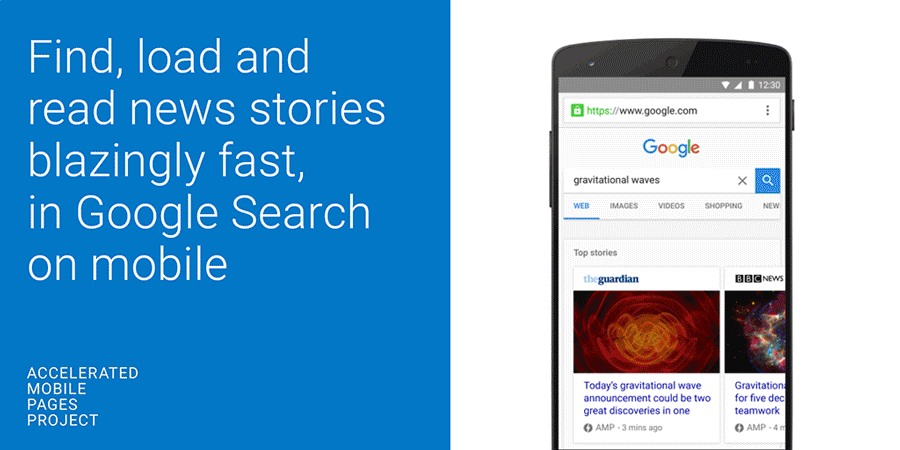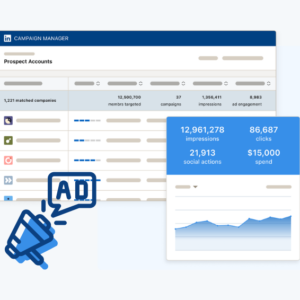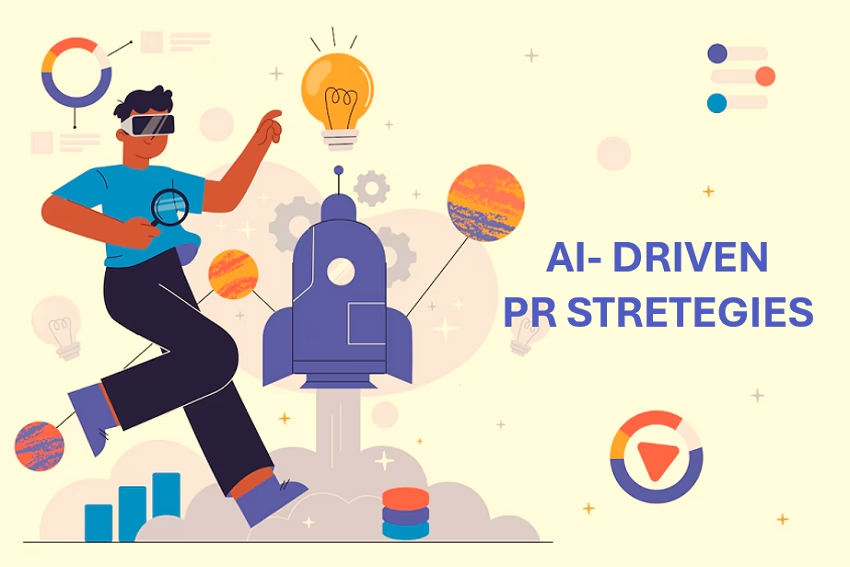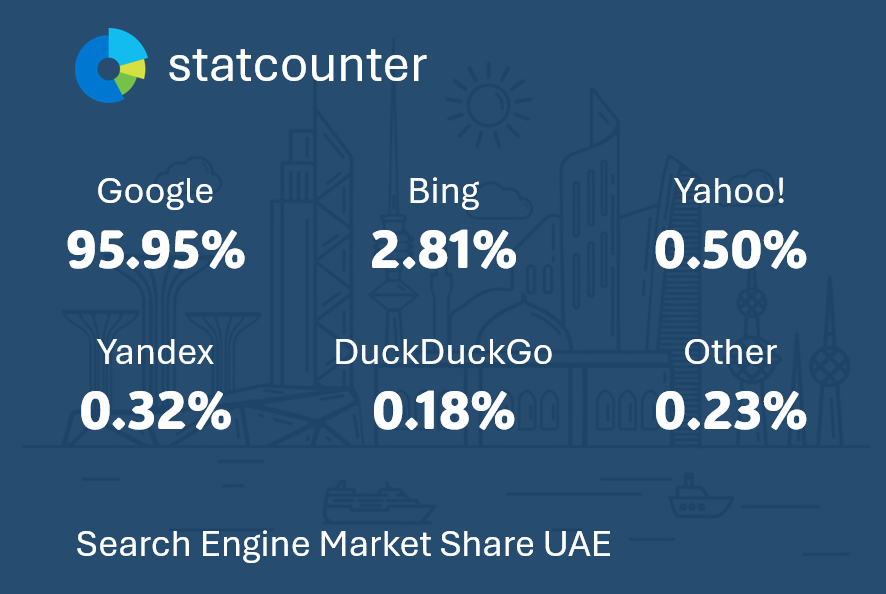With mobile devices becoming a primary platform for online search, why is that some businesses still don’t have an AMP included mobile-optimized site?
People are clearly highly dependent on their mobile devices, with recent global statistics from research report that above 2.5 billion people have owned smart mobile phones. In fact, more consumers are preferred to purchase items through mobile devices as compared to computer or laptop devices. So how is it that some marketers haven’t entirely caught up?
In the modern age, having a mobile site is essential for every business, but only 30% include mobile as an integrated part of their marketing strategy. Mobile usage is evidently on the rise and a growing platform for online search. With 4 in every 5 phone owners using them to perform online searches more than five times a day, it’s now more important than ever for businesses to integrate an AMP for fast loading, better user experience and get more traffic through your mobile search.
In this digital age, our primary usage for mobiles has changed immensely. While initially intended solely for communication, we’ve now shifted their use to a platform to access the internet.
Mobile Devices are now being primarily used to perform a range of online activities, with consumers relying on them to help inform purchasing decisions. The popularity of online mobile accessibility has seen 58% of consumers preferring to use their mobile device to purchase products rather than through traditional platforms.
Quick Overview on AMP
AMP (Accelerated Mobile Pages) are the most recent tool critical to acquiring large numbers of new readers. Without AMP features on your website, you are leaving users on the ability and will not capture the full potential audience.
AMP HTML is an open framework that is promoted by Google with the primary purpose of speeding up mobile web pages and helping them operate more dynamically. The AMP framework is constructed entirely from existing web technologies, allowing websites to build an extremely high functioning and light-weight web pages. More and more large technology and media companies are now adopting AMP. In fact, Twitter, Pinterest, WordPress, Chatbeat, Parse.ly, Adobe, and LinkedIn all came together for the AMP project.
Google Highlights AMP in Mobile Search

They are utilizing the technology not only due to its obvious technical advantages but also because they can appear in more mobile Google searches and be better integrated with the rest of the web. Not only are readers benefiting, but publishers of content are also benefiting. The AMP standard provides additional tools for companies to monitor their readers and understand the use of their content. This results in better business intelligence and increased publication of content that is well liked.
Google is now placing a heavy emphasis on highlighting AMP web pages in its mobile search tool. Whereas in the past, users searching Google on mobile phones could anticipate a search identical to one on laptops or desktop computers, today the situation is completely changed.
Now, Google is highlighting pages on its mobile search with AMP technology and lightweight architecture. Google knows that these sites are much easier to open, view and insert data. They respond quickly to inputs and the formatting on the page is standard for mobile devices. For that reason, they point Google searchers to these pages. AMP pages rank much higher on mobile searches and are much more likely to be on the first page. For marketers, neglecting to convert pages to AMP is malpractice.
Major Companies Integrated AMP
Facebook is also getting into the action with its own format to improve mobile web searches. It’s Instant Articles use an HTML5 format optimized for fast mobile performance. These Instant Articles display content within Facebook pages for easy reading. They are extremely light, mobile and dynamic. Media companies (such as the New York Times) that have adopted Instant Articles formatting see a much higher rate of reading articles.

Instant Articles are also optimized to make publishing easier. Publishers can use RSS feeds to upload content rapidly onto the Facebook platform and instantly distribute content to millions of people around the world. Not only that, but publishers have additional tools to map who is reading their content, for how long and using what browsers or devices. With this knowledge, publishers can improve their pitch to marketers and help to increase their revenue per user. In addition, page views go up so total revenue is increased. Instant Articles makes life easier for the user and improves the business of the publisher.
Conclusion
As more and more commerce and internet usage move to mobile devices, companies are increasingly looking to optimize their pages and features for these users. In the epic struggle to gain as many readers and consumers as possible, businesses are adopting as many strategies as possible to get ahead.
What does this mean for your business?
With mobile users generally on the go, your potential customers expect you to have a website that they’re able to easily access on their mobile device. If you don’t, you’re more than likely to lose their business; it’s that simple.
So what’s the best way to make sure you’re not losing potential customers? It’s all about creating a more user-friendly experience for mobile owners by ensuring your website is optimized for phone users. With AMP integration, the site is easily accessible and responsive.
What should we expect?
The mobile trend is here to stay, with consumers’ taste for the online experience only expected to get bigger. Most consumers agree that if a business wants to appear modern and competitive, having a mobile-optimized site is critical. For companies to successfully engage with their customers online, AMP will need to be an integral part of every marketer’s strategy for many years to come.






